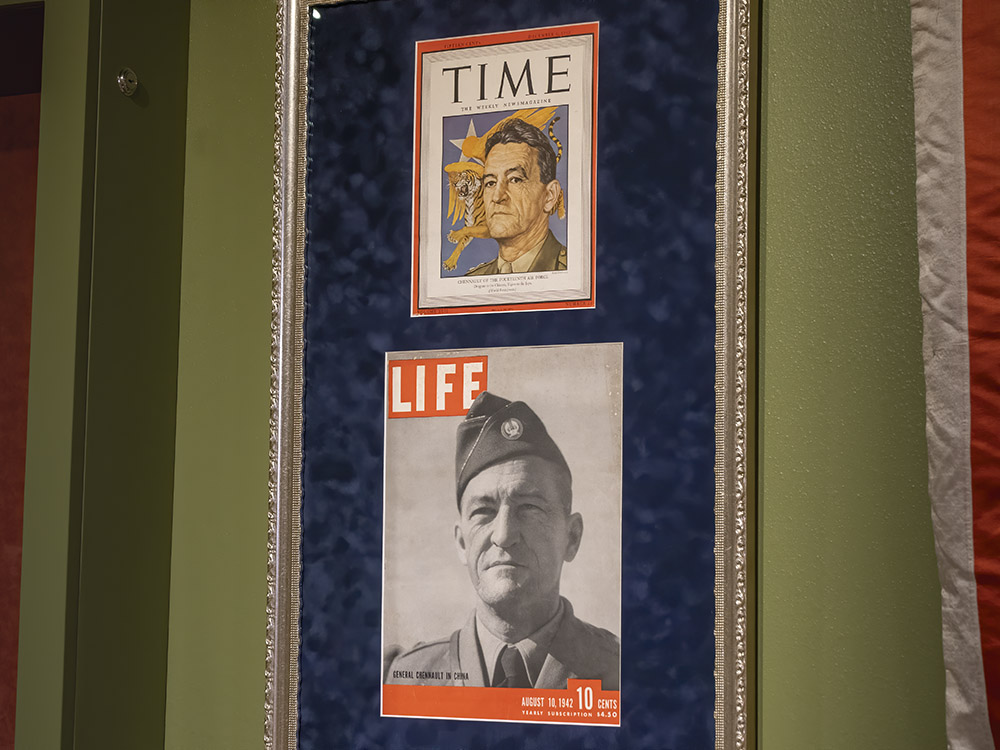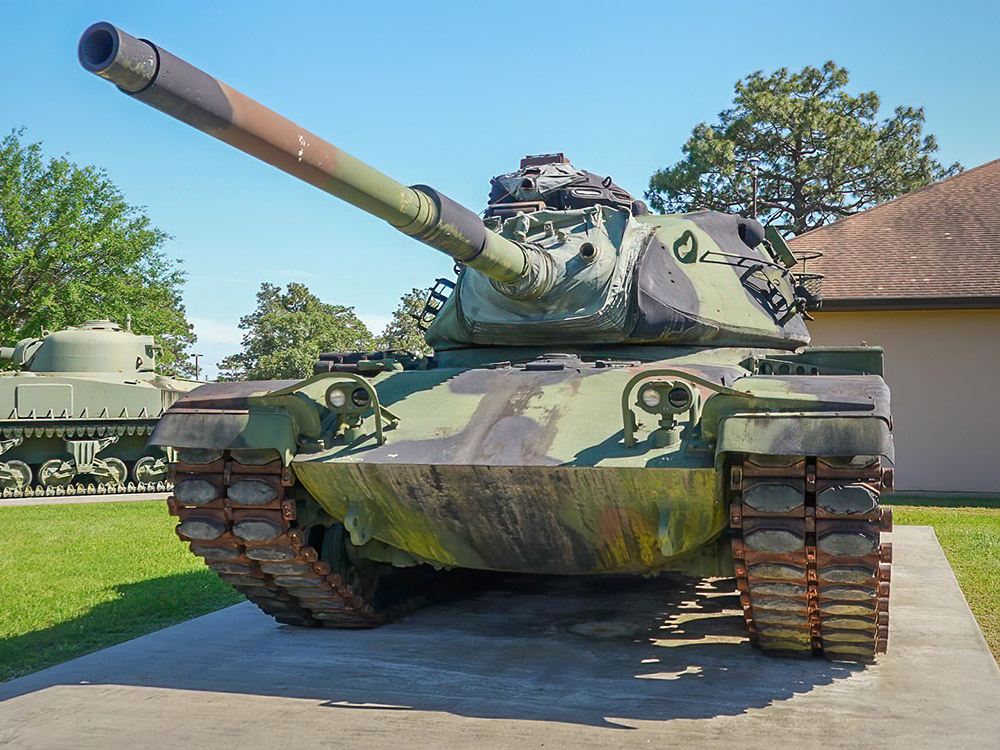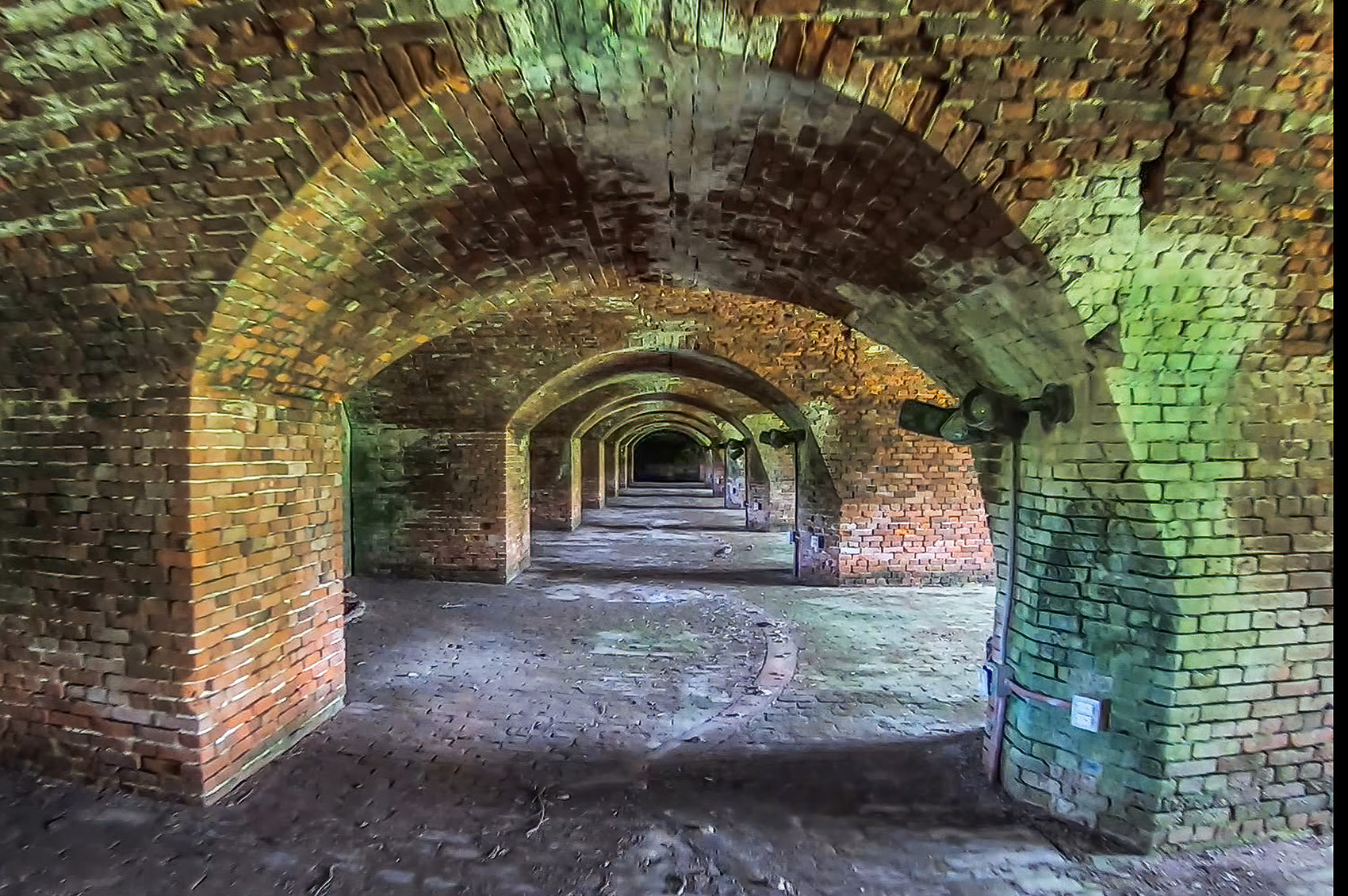One of the stars of aviation in World War II grew up on a north Louisiana farm, and his first command was working for the Chinese Air Force. A military museum in Monroe, Louisiana, tells the story of Gen. Claire Chennault and his ‘Flying Tigers’.

The Flying Tigers fighter group was a symbol of U.S. air combat in the Pacific in World War Two. But they got their start as a group of volunteer American pilots, flying for the Chinese to fight against a Japanese invasion.

Claire Chennault, who grew up in north Louisiana, commanded the Flying Tigers. “The war broke out a little more than five weeks after he arrived”, says Nell Calloway, Gen. Chennault’s granddaughter. “And in 1937 you have a Louisiana farm boy who was put in charge as chief air advisor to the Chinese Air Force.” Calloway is director of the Chennault Military Museum.
The Flying Tigers in Action
The American volunteer pilots saw their first action on December 20, 1941, barely two weeks after the Japanese attack on Pearl Harbor. “They shot down nine of ten Japanese bombers over Kunming China”, says Calloway.

Museum visitors will see a life-sized figure of General Chennault that speaks about his support for fighter aircraft. “I worked hard to serve my country,” a voice says as the figure nods its head. “But my commanding officers rarely agreed with my ideas about aviation and combat.” Chennault was a strong proponent of the smaller fighter planes, believing that they were vital for escorting the larger, slower-moving bombers.

Chennault’s Flying Tigers set an all-time air combat record. Calloway explains, “They are credited with shooting down 299 Japanese airplanes confirmed and about that many unconfirmed, and they only lost 12 of their own.”

Aviators Trained Here
The museum is housed in one of the few remaining buildings from Selman Field in Monroe, Louisiana. Selman was a one-stop training school for military pilots, the only one of its kind in the U.S. during World War II. Calloway explains, “When you enlisted you came to the navigation school here in Monroe, Louisiana, and you could leave with your wings. We graduated 15,000 navigators.”

This Monroe museum has a collection of more than 11,000 military artifacts. Families donated many of the items used in battle, along with letters and personal accounts from the front lines.
Flying the Hump
The American forces fighting in China had to get their supplies by an airlift over the Himilaya Mountains, the world’s highest mountain range. It was called, “flying the hump”.

Former airman J.V. Vinyard recalls, “They started 24-hour-a-day operations flying day and night in all weather”. Vinyard was part of a crew that flew over the Himilayas from India to China. The air transports delivered supplies to the American fighter group. “And I made 87 round trips”, Vinyard says, “which means that was 174 times across”. The flight was treacherous with little room for pilot error, mechanical failure or bad weather. Vinyard says, “We lost quite a few airplanes, 690 actually, and we lost 1,314 crew members. And they’re still 81 aircraft over there that have never been found.”
TV FEATURE ON CHENNAULT MILITARY MUSEUM
The Chennault Military Museum tells a lesser-known story from World War II. The American volunteer pilots were siding with China and defending its people against the horrors of an invasion by Japanese armed forces.
More Louisiana Military History
701 Kansas Ln, Monroe, LA 71203








Stan Kittredge
I will be visiting New Orleans in early June and would like to add the museum to my trip. What are the hours and fees?
Dave McNamara
The Chennault Aviation and Military Museum is located in the northeastern Louisiana city of Monroe, a 4.5 hour drive north of New Orleans. If you are in the Monroe area, the museum is free to visit. The days/hours of operation are on the museum’s website: https://chennaultmuseum.org/visit/
If you enjoy military history, you should plan to visit the National World War II Museum in downtown New Orleans. Here is a link to the museum’s website: https://www.nationalww2museum.org/